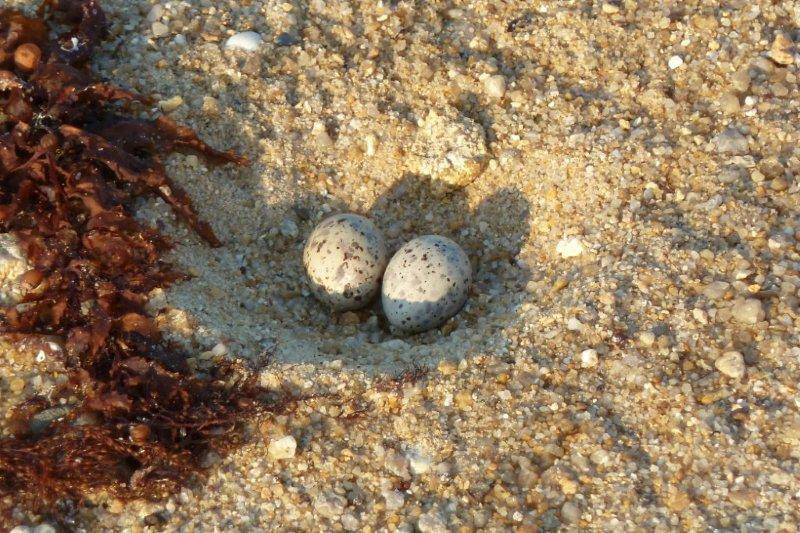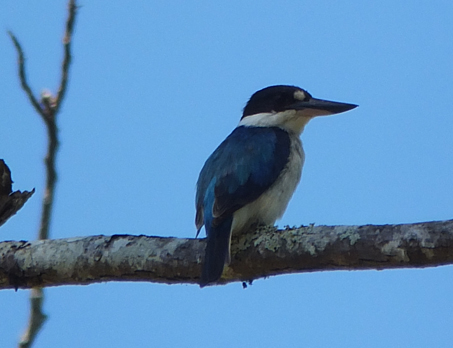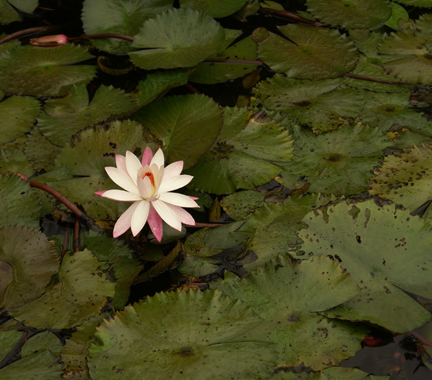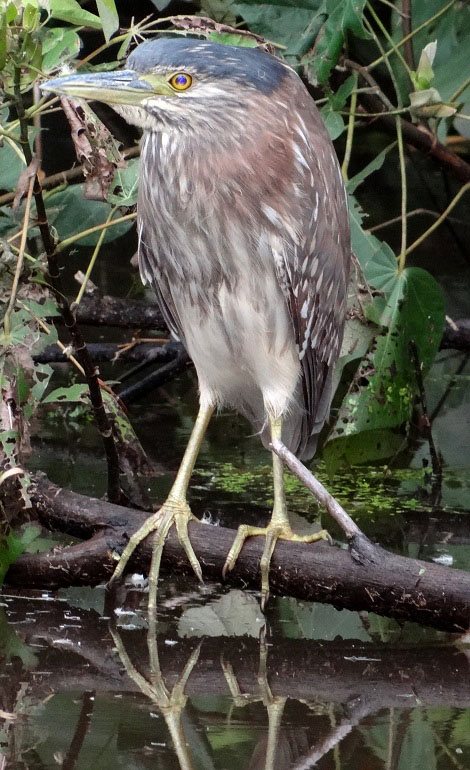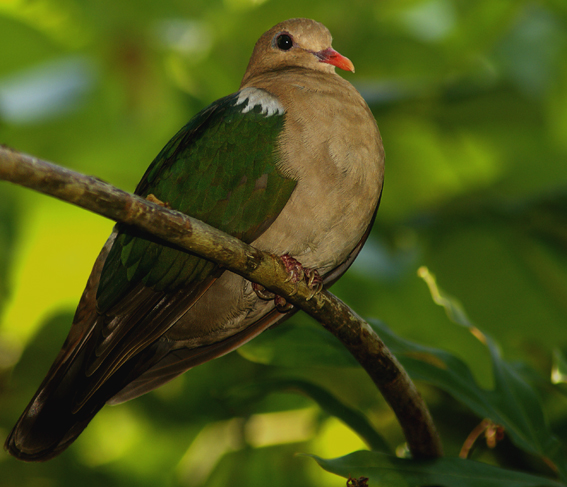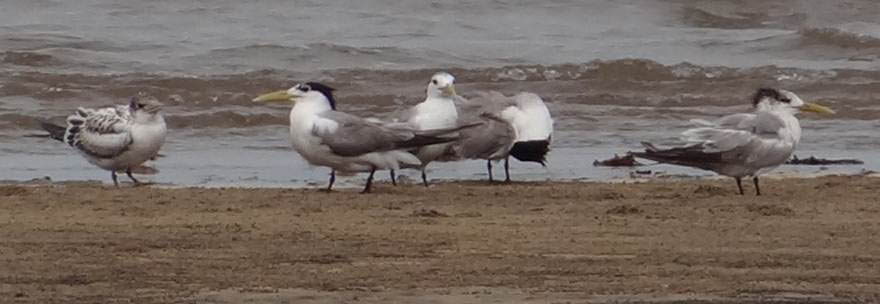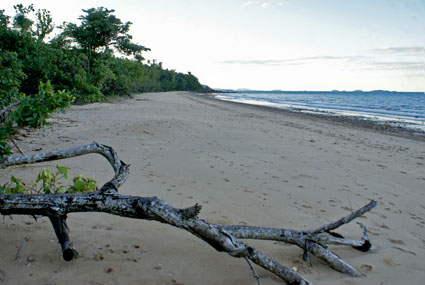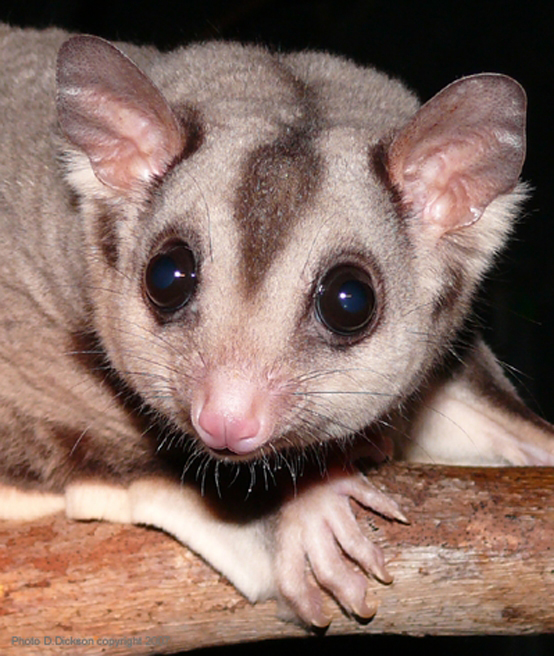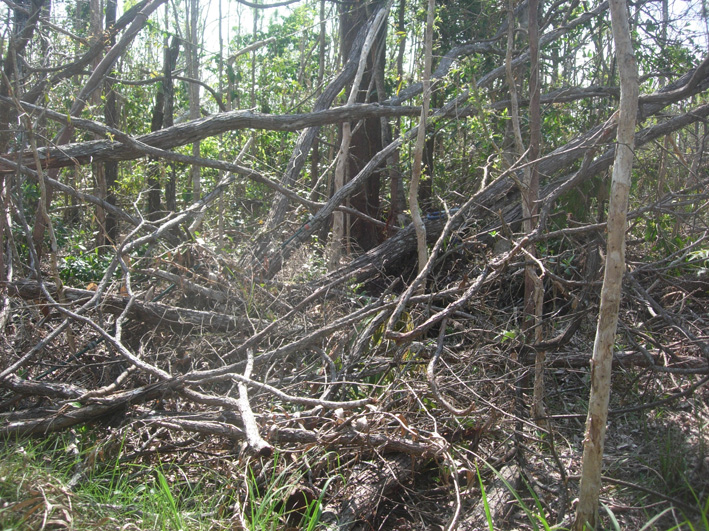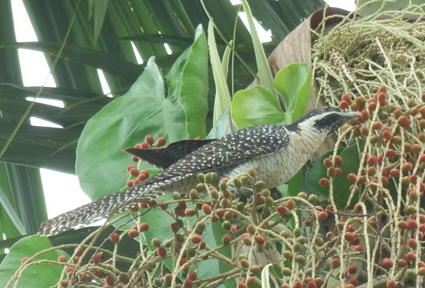| WILDWATCH: by ANNE WILKINSON I was delighted when I walked into Tully library the other day to find an excellent flyer displayed near the door for anyone to pick up. Called “Protecting the little terns of the Cassowary Coast” it has been produced jointly by CCRC, the Federal Government, the Queensland Government and Reef Guardian Council. Apart from being an interesting document in its own right, it gives a fascinating glimpse into the lives of these tiny, endangered seabirds. Reading it, one can almost smell the sea and the beach. |
|
Archives
September 2023
Categories
All
|
